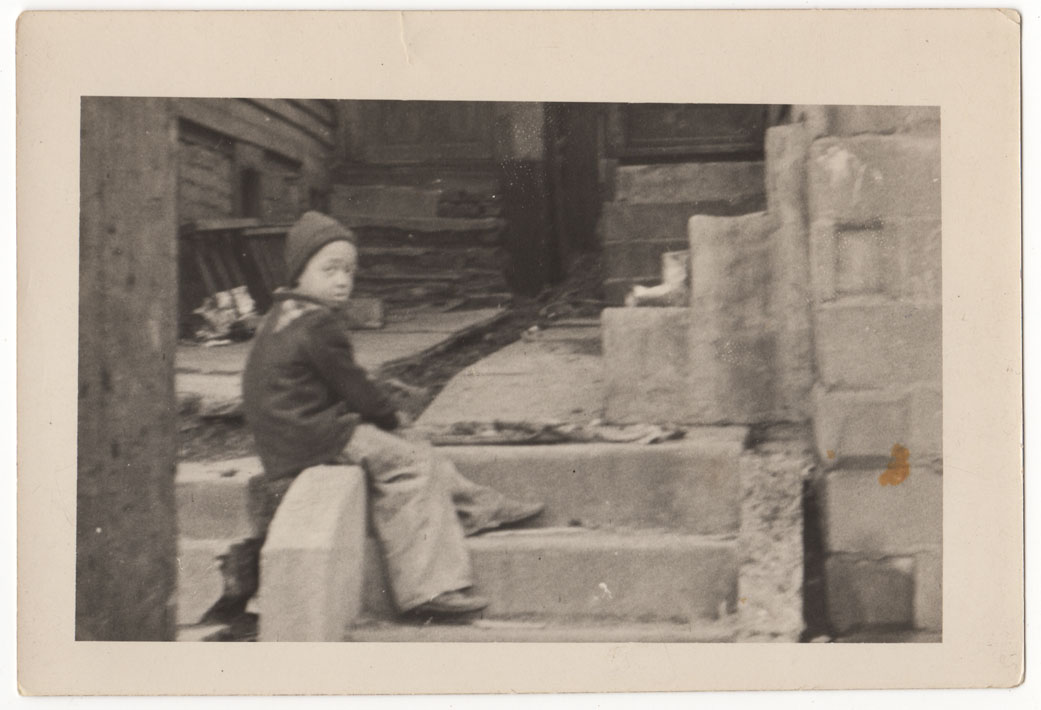 Another unlabeled photograph from my Cleage collection. Photographer one of the Cleages. Taken in Detroit. Probably in the 1940s.
Another unlabeled photograph from my Cleage collection. Photographer one of the Cleages. Taken in Detroit. Probably in the 1940s.
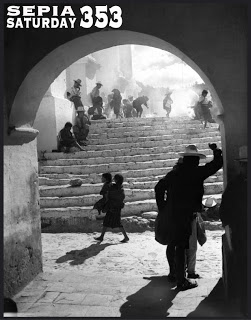
 This photograph is from my Cleage photos and is unlabeled. I do not know which one of the Cleage photographers took the photo. I would date it in the 1940s.
This photograph is from my Cleage photos and is unlabeled. I do not know which one of the Cleage photographers took the photo. I would date it in the 1940s.


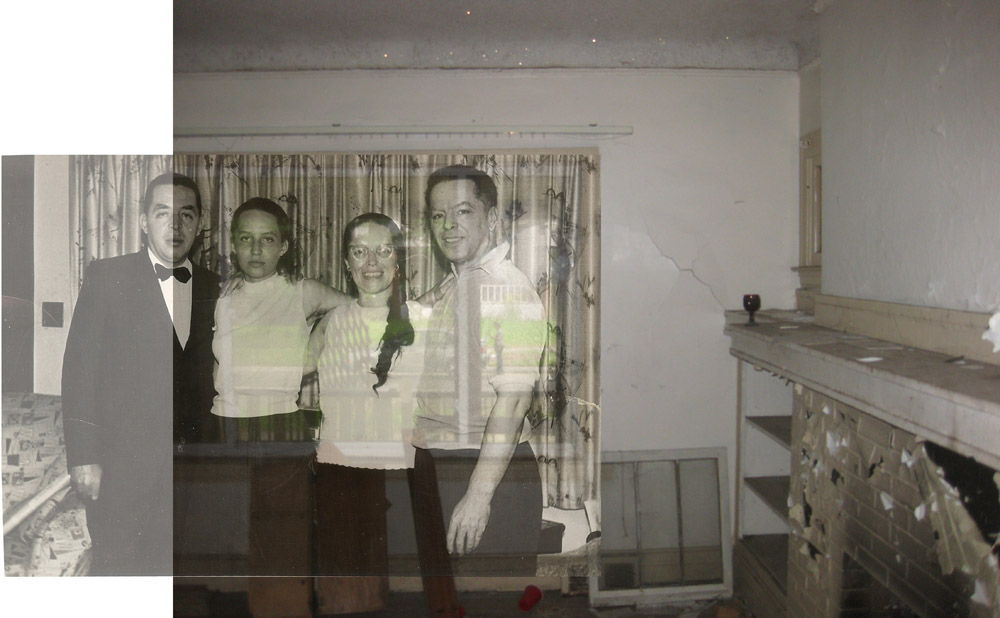 My father, then Rev. Albert B. Cleage Jr, me, my mother Doris Graham Cleage, my step-father and uncle Henry Cleage. Summer of 1966.
My father, then Rev. Albert B. Cleage Jr, me, my mother Doris Graham Cleage, my step-father and uncle Henry Cleage. Summer of 1966.
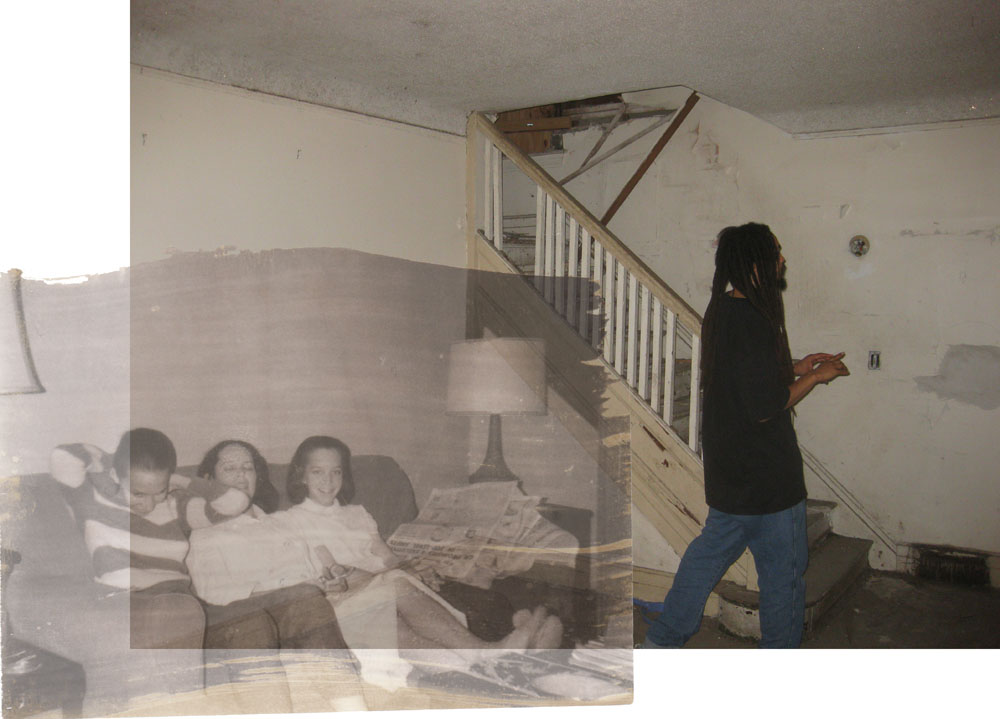 Sitting on the couch, braiding my hair with my mother and sister Pearl. 1963. My son James walking across the room summer of 2017.
Sitting on the couch, braiding my hair with my mother and sister Pearl. 1963. My son James walking across the room summer of 2017.
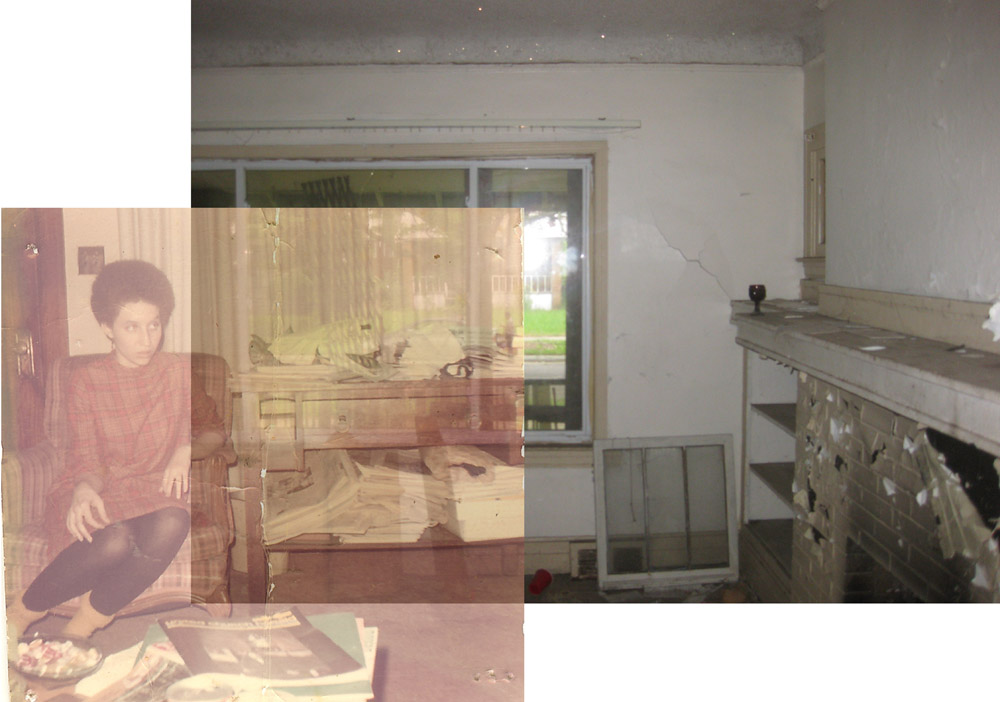 I had just come in from the Association of Black Students’ Symposium at Wayne State in February of 1968.
I had just come in from the Association of Black Students’ Symposium at Wayne State in February of 1968.
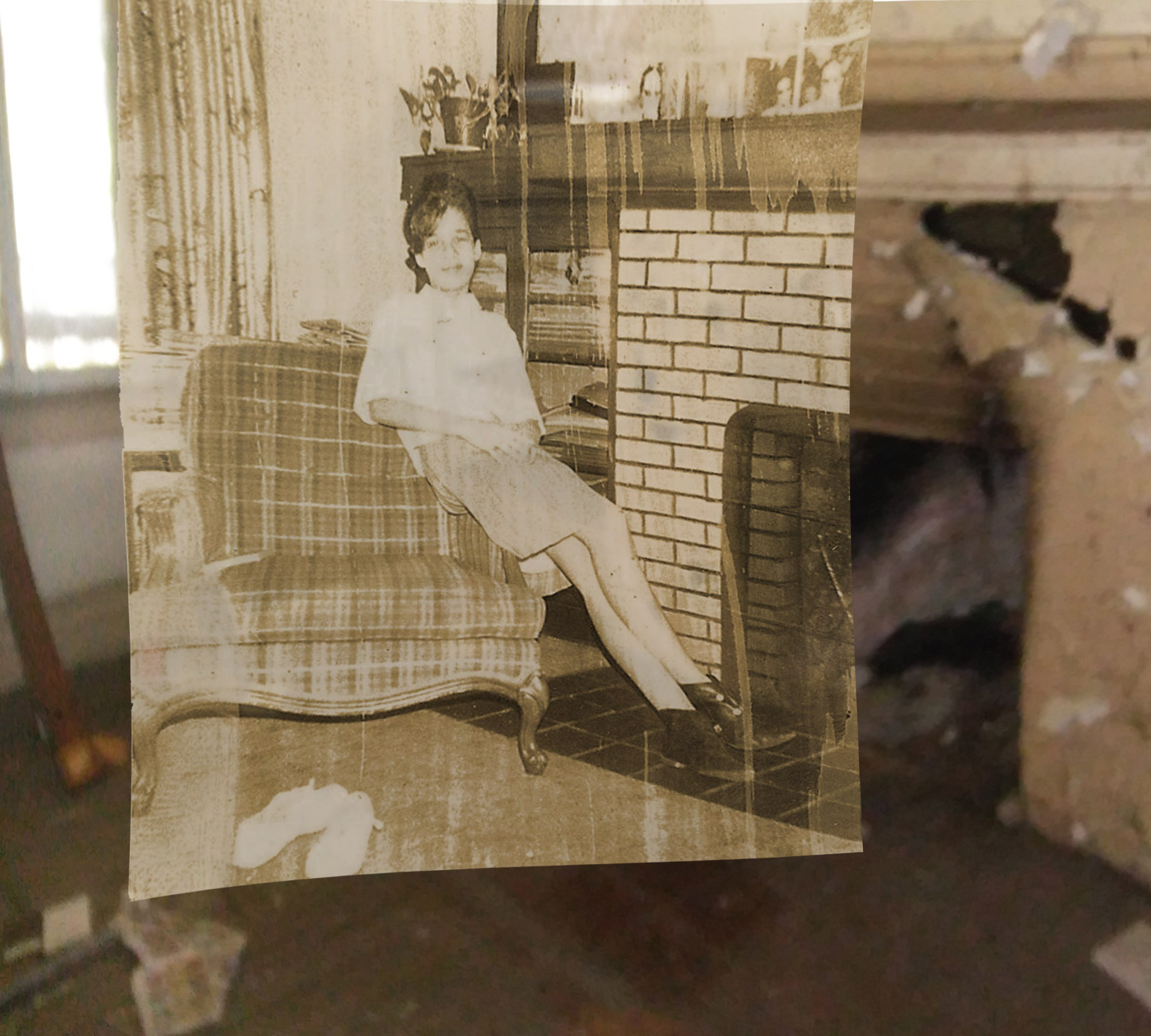
Other posts about 5397 Oregon.
Detroit Then and Now – Other then and now photographs
“O” is for Oregon Street – Memories of living in the house on Oregon.
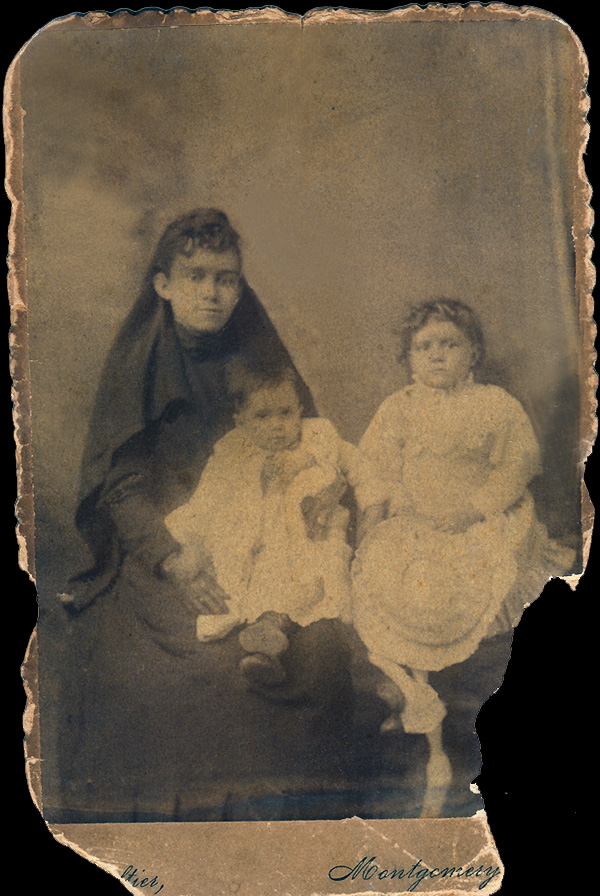
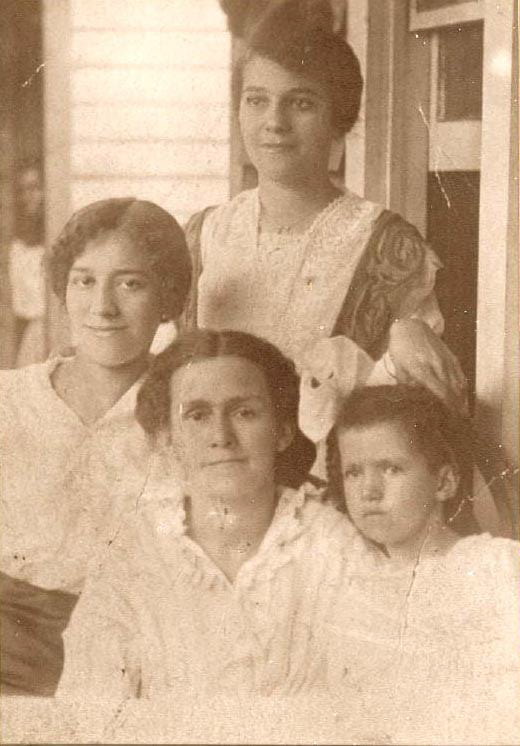
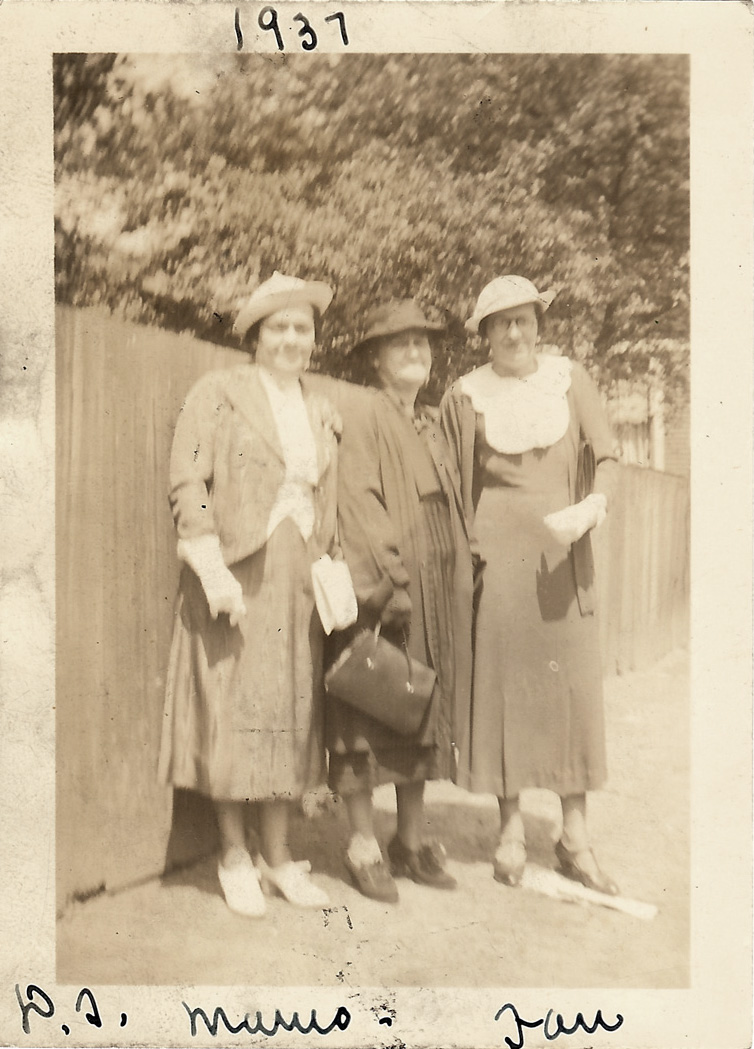
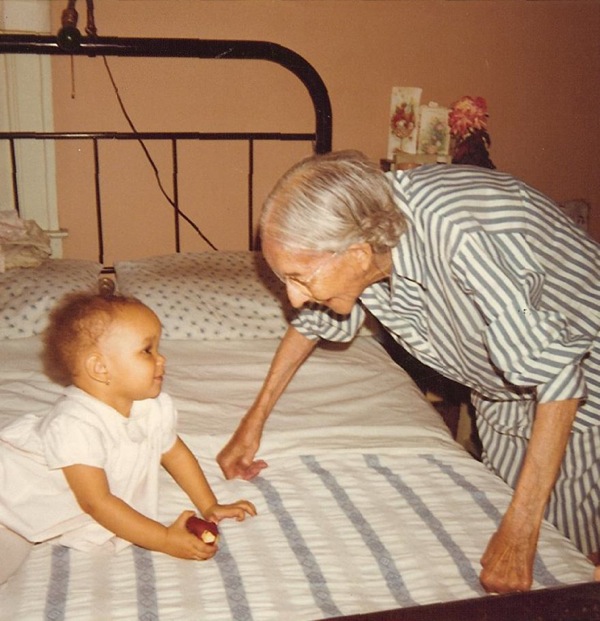
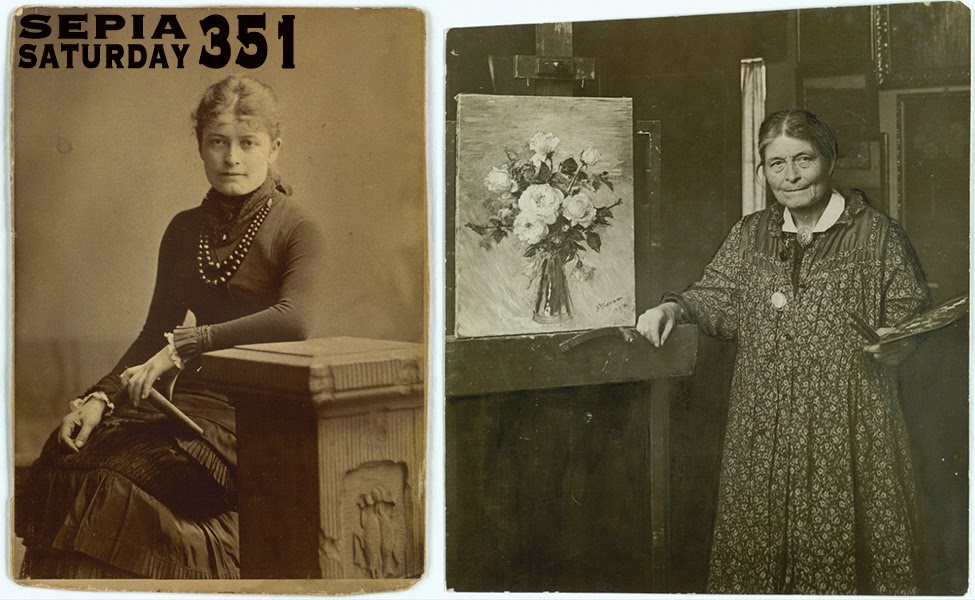
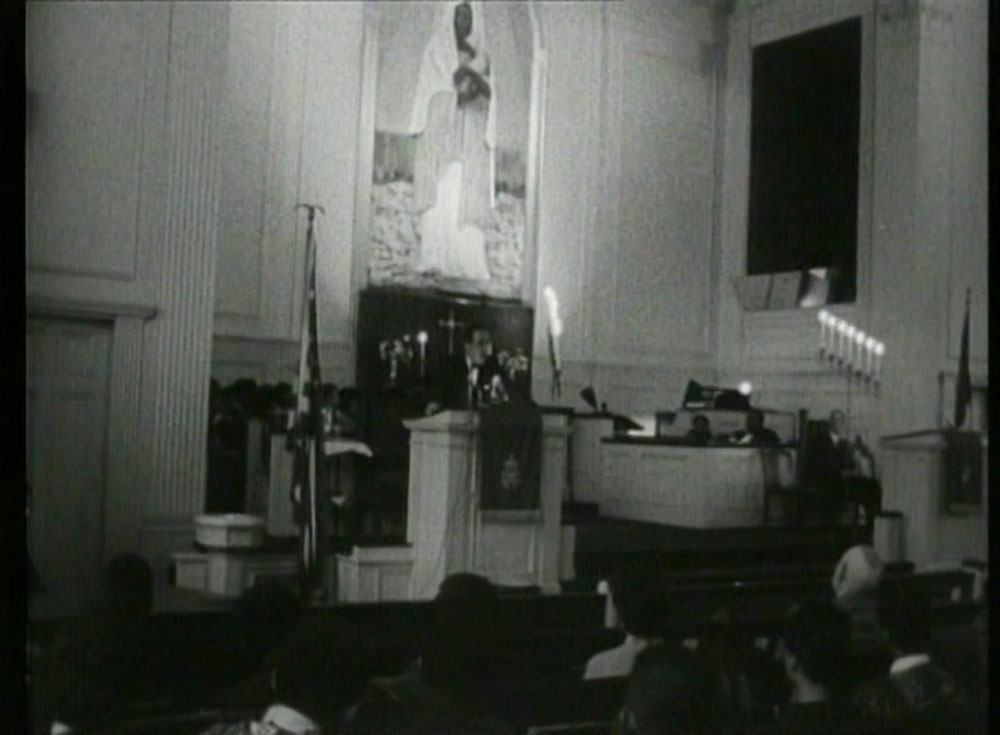 My father, then known as Rev. Albert B. Cleage jr preaching. This is rather a long sermon, about 45 minutes. He talks about growing up in the black church in Detroit with no use for religion until attending Plymouth Congregational Church and hearing Rev. White preach. He mentions attending Oberlin Seminary and finishes up by sharing a bit from an article by Dr. Harding in a religious magazine. This was just at the start of 1967. What a year was to come. Click on the documents below to enlarge.
My father, then known as Rev. Albert B. Cleage jr preaching. This is rather a long sermon, about 45 minutes. He talks about growing up in the black church in Detroit with no use for religion until attending Plymouth Congregational Church and hearing Rev. White preach. He mentions attending Oberlin Seminary and finishes up by sharing a bit from an article by Dr. Harding in a religious magazine. This was just at the start of 1967. What a year was to come. Click on the documents below to enlarge.
Epiphany Sunday January 8, 1967
Bulletin from that Sunday
Sermon Notes
Last week I decided to take one more look at a question I had about my grandfather Albert B. Cleage’s letters to his future wife, Pearl Reed. Who was the Katy Allen at 2715 N. Capital St. Indianapolis? Albert sent Pearl letters there for several months in 1910. I had looked for Katy Allen several years ago when I first posted some of the letters on my blog, and found nothing. I only had her name and street address.
Recently I looked again and found Katy Allen listed in the Indianapolis City Directory for several years around 1910. She was listed as the widow of Thomas Allen. I then found her in the 1900 census with her husband and then I found his death certificate from 1907 (all on Ancestry) Thomas’ mother’s name was listed as “Clara Green”. This was my great grandmother Anna’s mother’s name – which made him my grandmother Pearl’s uncle and her mother Anna’s brother. I had never found any relatives for Anna except those of her mother and children. Anna’s maiden name was given as “Ray” on some of her children’s records.
I looked some more and found Thomas Allen’s Will. It said he used to go by the name of “Ray” which was his former master’s name but he changed it to “Allen” after he got out of the service (he gave his unit as 5th US Colored Calvary). In the military record, there is his former slave holder’s full name! Now this particular branch of the family was very close mouthed about anything to do with slavery, although they did mention those Cherokee Ancestors who passed on no DNA. So, from looking for some info for my book about my grandfather’s letters, I found a new ancestor; my first United States Colored Troops family member; the last slave holder for that particular branch of the family and who the person was at that N. Capital St. address.
Last Will and Testament of Thomas Allen
State of Indiana
Marion County
I, Thomas Allen, a resident of Marion County, Indiana, and being of sound and disposing mind and memory, do make, publish and declare this to be my last will and testament, hereby revoking all former wills by me made.
I, Thomas Allen, known on the war records of Company D, Fifth United States Colored Calavry, and in matters relating to my pension business (act of June 27, 1890, Inv. Cft. 693170) as Thomas Ray, wish to explain that this difference is caused by my enlisting in the army under the name of my former master owner, whose name was Ray. However, after my discharge, I took the name of Allen, which was my fathers name and which is my true and correct name, and the name under which I have transacted all other business and under which I was married to my present wife, and the name under which I am known and recognized by my neighbors, friends and acquaintances, and that Thomas Ray and Thomas Allen are the same and identical persons –
Item #1. I give and devise to my beloved wife, Kate Allen, the following described real estate, situated in the city of Indianapolis, County of Marion and State of Indiana, and described as follows: – Lot number twenty-five (25) in Ruddell and Vintons Park Place, Plat Book number four (4), Page one hundred ninety (190) in the Recorder’s Office of Marion County, Indiana.
Item #2. I give and bequeath to my wife, Kate Allen, all of the personal property of which I may die seized.
Item #3. I constitute and appoint Otts Delp executor of this will.
Witness my hand and seal, this 23rd day of July, A.D., 1907, at Indianapolis Indiana.
Wm. S. Steavens, Henry C. Bade, Thomas Allen
The foregoing instrument signed, sealed and acknowledged by said Thomas Allen as and for his last will and testament in our presence, who, at his request, and in his presence, and the presence of each other, have subscribed our names as witnesses there to, this 23rd day of July 1907.
Subscribed and sworn to before me, this 23rd day of July, 1907.
Bert Delp
Affidavit of Death
State of Indiana, Marion County, Set
Otto Delp being duly sworn on oath says that Thomas Allen departed this life on or about the 10 day of November 1907 and at the time of his death was a resident of said County and State.
Subscribed and sworn to before me, this 14 day of November A.D. 1907 Otto Delp
Leonard M. Quill Clerk
Proof of Will
Before the Clerk of the probate court of the County of Marion, in the State of Indiana, personally came William S. Stevens and Henry C. Bade subscribing witnesses to the forgoing instrument of writing, who being by me first duly sworn, upon oarth depose and say that Thomas Allen testator named in the instrument of writing purporting to be his LAST WILL AND TESTAMENT, did sign seal, publish and decare the same to be his last will and testament, on the day of the date thereof; that the said testor was at the same time of the full age of twenty-one years, and of sound and disposing mind and memory, and that he was under no coercion, compulsion or restraint, and that he was competent to devise his property. And that the said testator so signed, sealed, published and declared the same to be his last will and testament in manner and form as aforesaid, in the presence of affiant and of – the other subscribing witness…thereto and that each attested the same and subscribed their names as witnesses thereto, in the presence and at the request of said testator, and in the presence of each other. Wm. S. Stevens Henry C. Bade
Subscried and sworn to before me in witness of which, I hereunto affix the seal of said Court, and subscribe my name at Indianapolis, this 14 day of November A.D. 1907
Leonard M. Quill Clerk
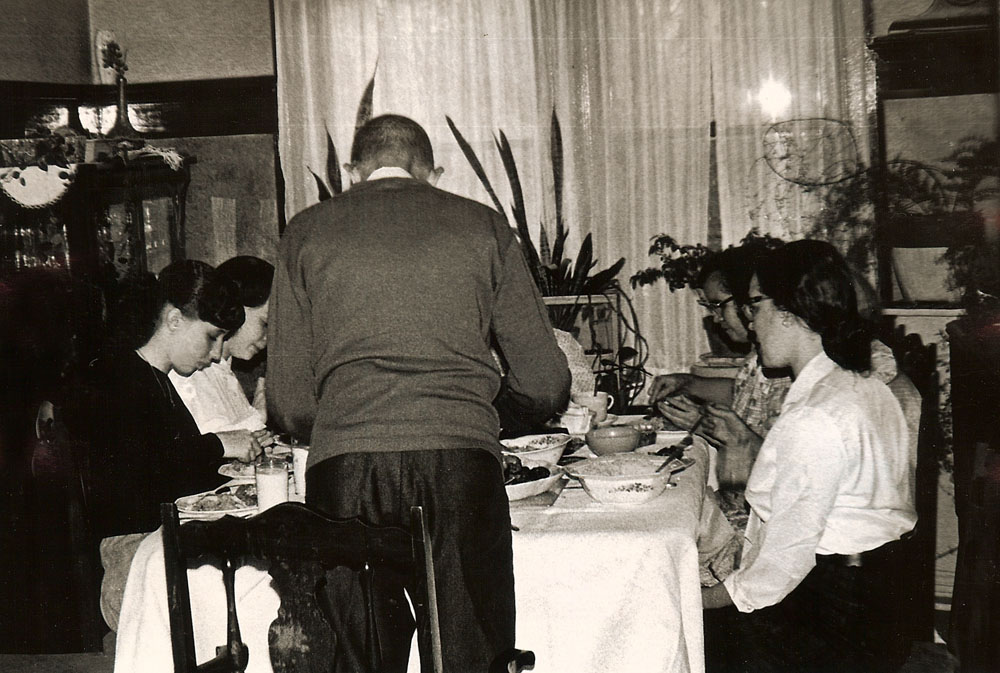
This was Thanksgiving at my Graham Grandparents house in 1963, East side Detroit. My grandfather cuts the turkey. My mother sits on the right. I am on the left, my sister next to me. Wonder where my Aunt Mary Vee and my cousins were? Usually there were four more around the table. How we all fit I do not know, but we did. The house is gone now. Everybody in this photo except my sister and I are dead. We are about as old as my grandparents were.

The Illustrated News was a weekly newsletter put out by my family and some of their friends in Detroit from 1961 to 1964. This issue dealt with the violence in Birmingham, Alabama during 1963 when the violence continued, uninterrupted. I was a sophomore at Northwestern High School in the spring of 1963. This is my offering after watching Episode 5 of Many Rivers to Cross. For links to other bloggers writing their response to this series, as well as the other posts I’ve written for earlier episodes, click this link – Many Rivers To Cross – Responses. To enlarge the pages for easier reading, please click on them.
To read some of my memories of 1963 and see a collage of events, click Remembering 1963. An article John Kennedy and Civil Rights talks about what his record in civil rights.
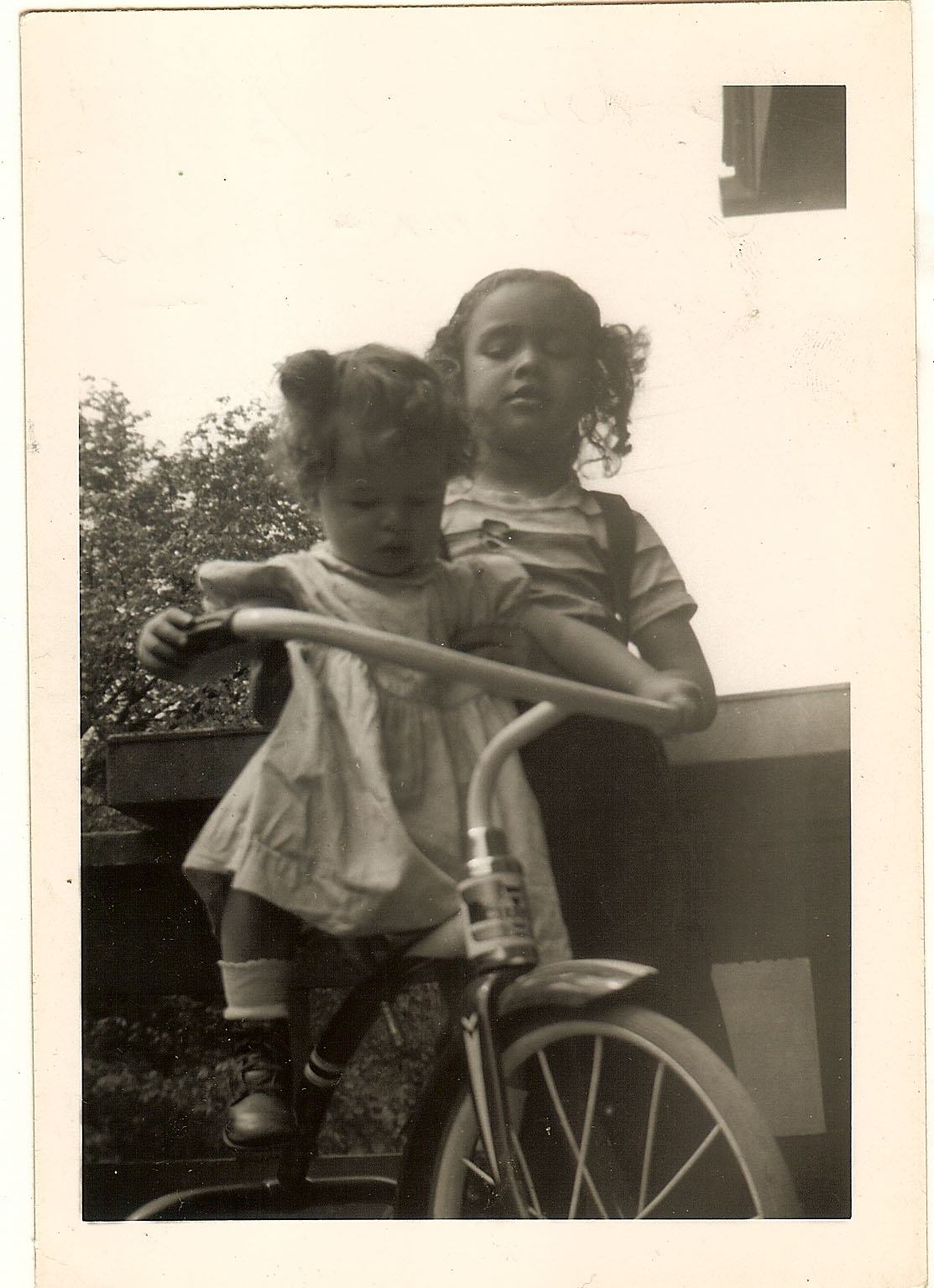
My cousins lived upstairs in a 4-family flat on the corner of McDougall and Hunt Street on the East Side of Detroit. Their mother, Mary V. Graham Elkins, was my mother’s sister. She worked as a secretary at the County Building.
Their father, Frank “Bud” Elkins, graduated with honors from Cass Technical high school in the late 1930s. As an electrician, he tried to join the Electricians Union but as a black man was barred. He set up his own shop as an independent Electrician. He drove a truck with “Elkins Electric Company” on the side. I remember riding in it a few times. There were not seats for all and we sat on the floor.
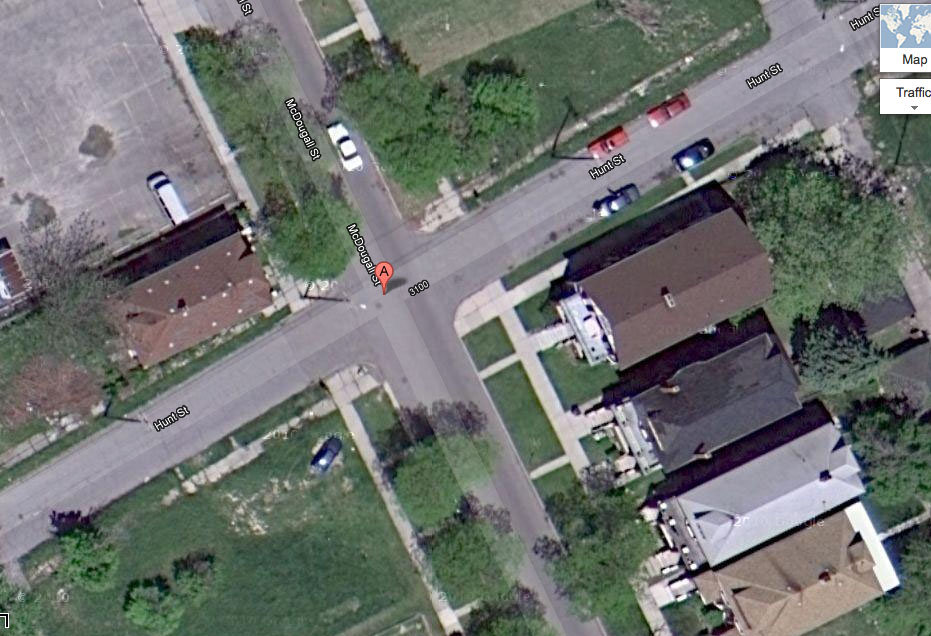
Some other stories about this family:
Remembering Barbara Lynn Elkins
While looking for a death record on Ancestry for Elizabeth Turner, daughter of Joseph and Luella Turner, instead I found the Will of her father, my 2X great grandfather, Joseph Turner of Lowndes County, Alabama. I had looked for his Will before without finding it. Below are the Will and a transcription.
State of Alabama County of Lowndes
Know all men by these presents that, I, Joseph Turner, of said county of Lowndes, being in good health, and of sound mind, realizing the uncertainty of life, and wishing to provide for my younger children during their minority, do make this my last will and testament, hereby revoking all former wills by me at any time made.
First
I will that all my just debts be paid by my executrix here – in after named, as soon after my death as she can conveniently pay.
Second
I give, devise and bequeath to my beloved wife Luella Turner all of my estate, both real, personal and mixed in Trust for the use and benefit of herself and my minor children, during their minority, equally, until my youngest child then living shall have reached the age of twenty-one years.
Third
After my youngest child then living, shall have arrived at the age of twenty one years, my will is, that all of my estate of every description be divided equally, share and share alike, between my said wife, Luella Turner and all my children, and in the event any of my said children die, before such division takes place, leaving a child or children, him or her surviving, then such share as my said child should have received if living, shall go to his or her children.
Fourth
I do nominate and appoint my said wife, Luella Turner to be the executrix of this my last will and testament without bond. Expressly exempting her from all liability to any person or court for any misuse of any personal property belonging to my estate, and for any and all rents which may accrue during the said minority of my youngest then living child. Except, my said wife again marry, in that event, and from the date of such marrying again by my said wife Luella, she shall be held strictly accountable for the proper use and distribution of my estate as herein before set out.
In testimony whereof I set my hand and seal, this 11 day of December 1909.
Joseph (his mark X) Turner (Seal)
Signed, sealed and published as his last will and testament by the said Joseph turner in our presence, and we in his presence, and in the presence of each other have hereunto subscribed our names as witnesses, at his request, on this the 11 day of December 1909.
Jos. R. Bell
S.M. Salley
Filed for Probate in office this the March 10, 1919
W.H. Lee,
Judge of Probate Court
Testimony of Joseph R Bell.
The State of Alabama, Lowndes County } Probate Court
In the matter of the Probate of the Last Will and Testament of Joseph Turner Deceased.
Before me, W.H. Lee, Judge of Probate Court in and for the County and State aforesaid, personally appeared in open Court Jos. R. Bell, who having been by me first duly sworn and examined, did and doest depose and say that he and S.M. Salley subscribing witnesses to the forgoing instrument of writing now shown to the said affiant and which purports to be the last Will and Testament of Joseph Turner, deceased, lat an inhabitant of this count; that the said Joseph Turner since deceased signed and executed said instrument on the day the same bears date, and declared the same to be his last will and testament, and that affiant set his signature thereto, on the day the same bears date, as a subscribing witness to the same, in the presence of said testator and at his request, and in the presence of each other, and that said testator was of sound mind and disposing memory and understanding, and, in the opinion of affiant, fully capable of making his said will at the time the same was so made as aforesaid. And deposent further states that said testator was, on the day of the date of said will, of the full age of twenty-one years and upward and a resident of this county.
Jos. R. Bell
Subscribed and sworn to before me, this 28 day of April W. D. 1919.
W.H. Lee
Judge Probate Court, Lowndes County
Filed in office April 28 – 1919: The State of Alabama, W.H. Lee Judge of Probate
Lowndes County, I, W.H. Lee, Judge of the Probate Court in and for the county and State aforesaid, do hereby certify that the within instrument of writing has this day in said court and before me as the Judge thereof been duly proven by the testamony of Jas. R. Bell subscribing witness, to be the genuine last will and testament of Joseph Turner, deceased and that said will, together with the proof thereof, has been recorded in my office in Book No D of Wills at page 248.
In witness whereof, I have hereunto set my hand and affixed the seal of said Probate Court on this the 28th Day of April A.D. One thousand nine hundred and nineteen.
W.H. Lee Judge Probate Court Lowndes County